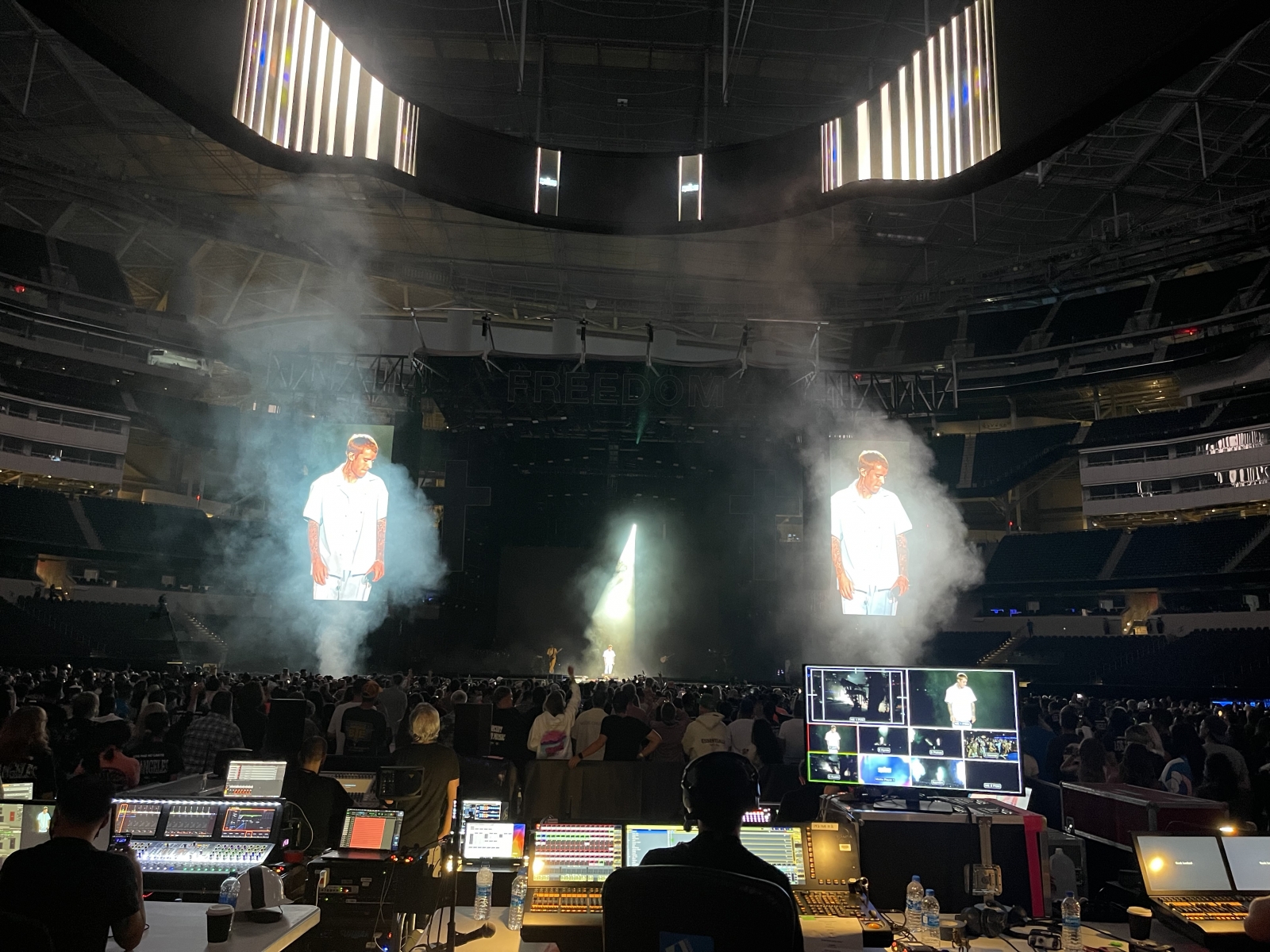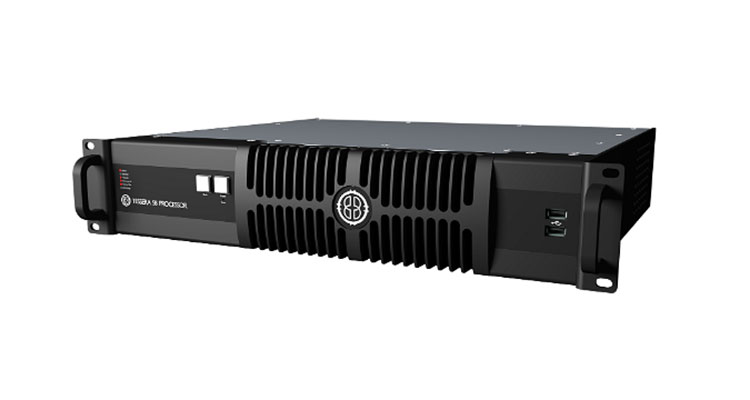
“The leading practitioners recognise the solid foundation that Brompton processing gives them, in terms of ensuring colour accuracy, eliminating artefacts and rock-solid reliability.” “This is an ongoing process of working with users to understand the pain points, then developing new features in our Tessera software, or integrating with complementary technologies to create more streamlined workflows for virtual production,” says Mead. But, despite those challenges, the technology’s many advantages mean the market for LED in virtual production has grown rapidly.īrompton has responded with a wealth of tailored features, working hard to ensure LED screens became a collaborative partner in the creative process, rather than an obstacle to work around. Even when working well, the LED screen was often a fixed point that every other department had to adapt to. LED screens that were not designed with use on camera in mind sometimes turned out to be unsuitable, and the wrong LED solution or the wrong pairing of screen and camera would cause more problems than it solved. Photo by Matt ClodeĮarly adopters working with LED screens for film/TV did not always have a smooth ride. “Despite live events coming to an almost complete halt, we were actually able to grow our business through the pandemic.” SIX60. “But in 2020, because live events were so suppressed, we focussed on the area that was actually accelerated by the pandemic – virtual production and XR,” says Mead. In 2019, well over 80 percent of Brompton’s business was still in live events. “From the beginning, we’d always prioritised making LED screens look good to both the eye and the camera, so this new market was a natural fit for us,” explains Mead. The company grew steadily, remaining very focused on live events until 2018 when new applications in film and television production started to emerge, and the Brompton team saw they had a need for the same high-quality LED video processing the company had been providing for live events. By 2013, VER was using Brompton LED processing on the biggest live televised shows of the year, with the first really high-profile project being the Oscars.įrom live events heroes to film/TV LED processing experts Brompton’s first customer was VER, one of the world’s biggest AV rental companies, now part of the PRG Group, who essentially pre-ordered the entire first run of Brompton’s Tessera LED processors. “The vision for Brompton from day one was to plug that gap and develop a processing system that could be paired with the panels coming out of Chinese factories,” continues Mead.

But the one area where they fell short was the processing. Mead and the team saw an increasing number of decent quality LED panels being manufactured more cost-effectively in China, and they were attracting attention.

It had been dominated by big players like Barco who were providing LED video panels and proprietary processing as a package. Brompton was the second of those spinoffs.”Īt the time, the LED video industry was in a period of significant change. We chose the ones we thought were best and created several spinoff companies from Carallon to take them forward. “Inevitably, when you put a group of engineers together, they come up with a variety of ideas for products.


“Essentially, we wanted the freedom to develop our own control systems for the entertainment industry,” explains Mead.
BROMPTON PROCESSORS SOFTWARE
According to CEO Richard Mead, it started while he was working with a team of designers, software developers and hardware engineers at Flying Pig Systems, now part of ETC-owned High End Systems, an innovative lighting control specialist and originator of the Wholehog lighting consoles.Īfter Flying Pig’s purchase, seven of its original members, including Mead, decided to form their own company, Carallon, at the start of 2004. Brompton Technology is celebrating 10 successful years in business, but the story of its revolutionary approach to LED video processing begins much earlier than 2012.


 0 kommentar(er)
0 kommentar(er)
